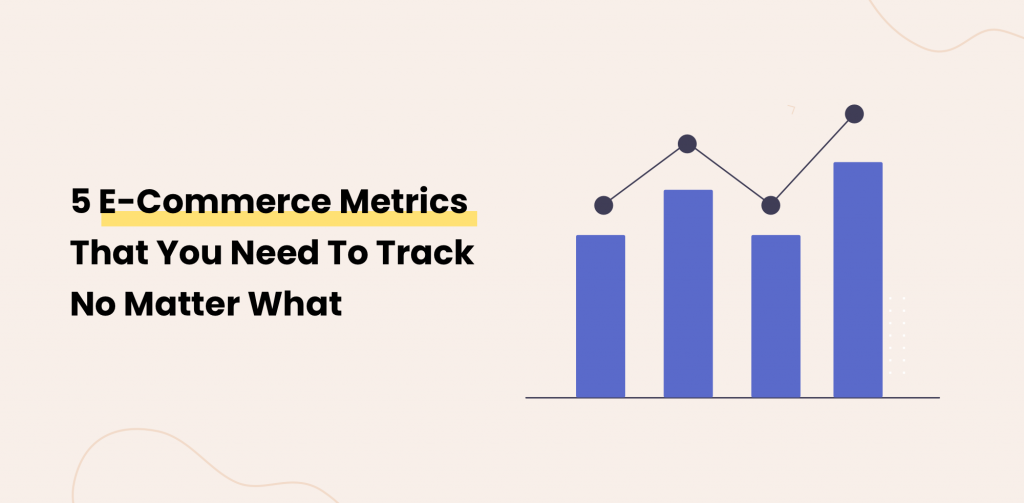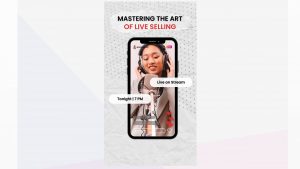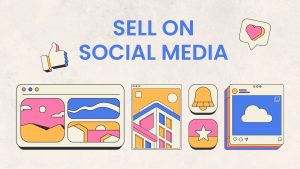A successful e-commerce business is built on a solid foundation of metrics-based decision-making. With key metrics, you get a 360-degree view of your store’s performance and know which areas to focus on for growth. It wouldn’t be wrong to say that running a store without tracking your metrics is like driving with your eyes shut. If you don’t follow your business’ trajectory closely, you can’t survive in a fiercely competitive market.
While there are potentially thousands of metrics, you can track, some are key to your business’s growth. Let’s understand some essential e-commerce metrics in detail.
Conversion Rate
This is the most basic and relatively straightforward indicator for measuring the success of an e-commerce business. It refers to the percentage of customers who’ve purchased at your store compared to the total number of visitors.
The conversion rate indicates the effectiveness of your marketing strategies in converting visitors to customers. This is perhaps the metric e-commerce brands focus the most on. According to experts, a fair conversion rate for e-commerce lies between 1-5%.
Calculating the conversion rate is easy. Say 500 people visit your app in a day, and 50 of them make a purchase. The conversion rate will then be calculated as 50/500 x 100 = 10%.
Average Order Value
Average Order Value (AOV) is a critical metric derived from the conversion rate. It refers to the average amount spent per transaction, i.e., the average value of a purchase. While the conversion rate indicates the number of visitors that make a purchase, AOV indicates the revenue generated through these purchases.
However, you may have a high conversion rate but a low average order value; your conversion rate may appear weak, but you could be generating enough revenue per transaction to compensate for this.
Understanding AOV is essential as it gives you an idea of how well your current marketing strategies are working. It also provides a cost-effective solution in driving up net profits as it is designed around improving the experience of existing customers rather than acquiring new ones. Once you’ve figured your AOV out, you can develop strategies to raise it:
- Upsell premium versions and additional features of your product
- Recommend complementary products that pair well with a customer’s purchase
- Bundle products to offer a slight discount on the purchase as opposed to individual items
- Offer free shipping for a higher purchase amount
Cart Abandonment Rate
Unfortunately, not every customer that loads their cart will make an actual purchase. Cart Abandonment Rate refers to the percentage of individuals who add an item to their cart but don’t make a purchase compared to the number of customers who complete the purchase.
For instance, if ten people add items to their card and only four make a purchase, the cart abandonment rate is 60%.
According to studies, over 70% of shoppers abandon their carts. Many factors lead to abandonment – failed payment processing, lack of preferred payment options, distraction, etc. Thankfully, the rate can be reduced:
- Simplify your checkout process for customers to face no hurdles while ordering
- Use remarketing strategies to bring customers back to your store
- Send cart abandonment emails to encourage shoppers to return and complete the purchase
- Send push notifications to customers’ mobile devices. Plobal Apps can help you develop apps with a built-in push notification feature, ensuring that your customers never forget about the items in their cart.
Customer Acquisition Cost
Customer Acquisition Cost (CAC) is the cost (marketing) of acquiring a new customer. To run a successful business and make money off each new customer, the CAC must be less than the AOV. The CAC can be calculated by dividing the total marketing spend by the total number of customers.
However, this is a comparative metric and cannot give you an idea of the success or failure of your strategies. It has to be compared with other metrics like AOV to understand how well you are performing; for example, a CAC of 50 dollars would be impressive if your AOV is $500 but would be way too high for an AOV of $100.
In the age of targeted marketing, a metric like this has become vital as it gives you an idea about the effectiveness of your marketing and advertising strategies. A catch is that while you pay for traffic, not all visitors convert to customers.
To remain profitable, you must optimize your acquisition channels such that you’re only paying for quality traffic with a high conversion rate instead of a massive amount of traffic that doesn’t convert.
Here are some tips to lower your acquisition costs:
- Improve your store for conversions
- Optimize paid ads
- Analyze your acquisition channels and spend your marketing budget on the ones that make a difference to your business
- Invest in less expensive marketing channels under your control – email marketing, social media, content marketing, etc.
- Start a referral program to get new customers – this is a fixed price you only pay on a sale.
Click-Through Rate
Getting your brand noticed online is only half the battle won; getting customers to click over to your store is where the struggle lies. Your click-through rate (CTR) can help you track each channel – divide the number of customers that clicked on your ad or link by the total number of impressions generated.
For instance, if 1,000 people see your ad and ten clicks on it, your CTR is 10 / 1,000 = 1%. While impressions help you understand how often your content is seen online, CTR offers more profound insight into how engaging the content is; visitors that click on the range are likely to be interested in your offerings.
Another area to pay attention to is the specific pages visitors click on most often once they’re on your website or app. Naturally, you’d want more visitors to focus on the category and product pages than the Contact or About page. If you notice a discrepancy, it’s wise to dig deeper.
Small or large, an e-commerce store has to pay attention to its key metrics. These metrics can serve you on your journey to becoming a successful e-commerce brand. Focusing on these elements will help you stay informed on your business’ performance and make strategic decisions to boost it.






Share Your Views!